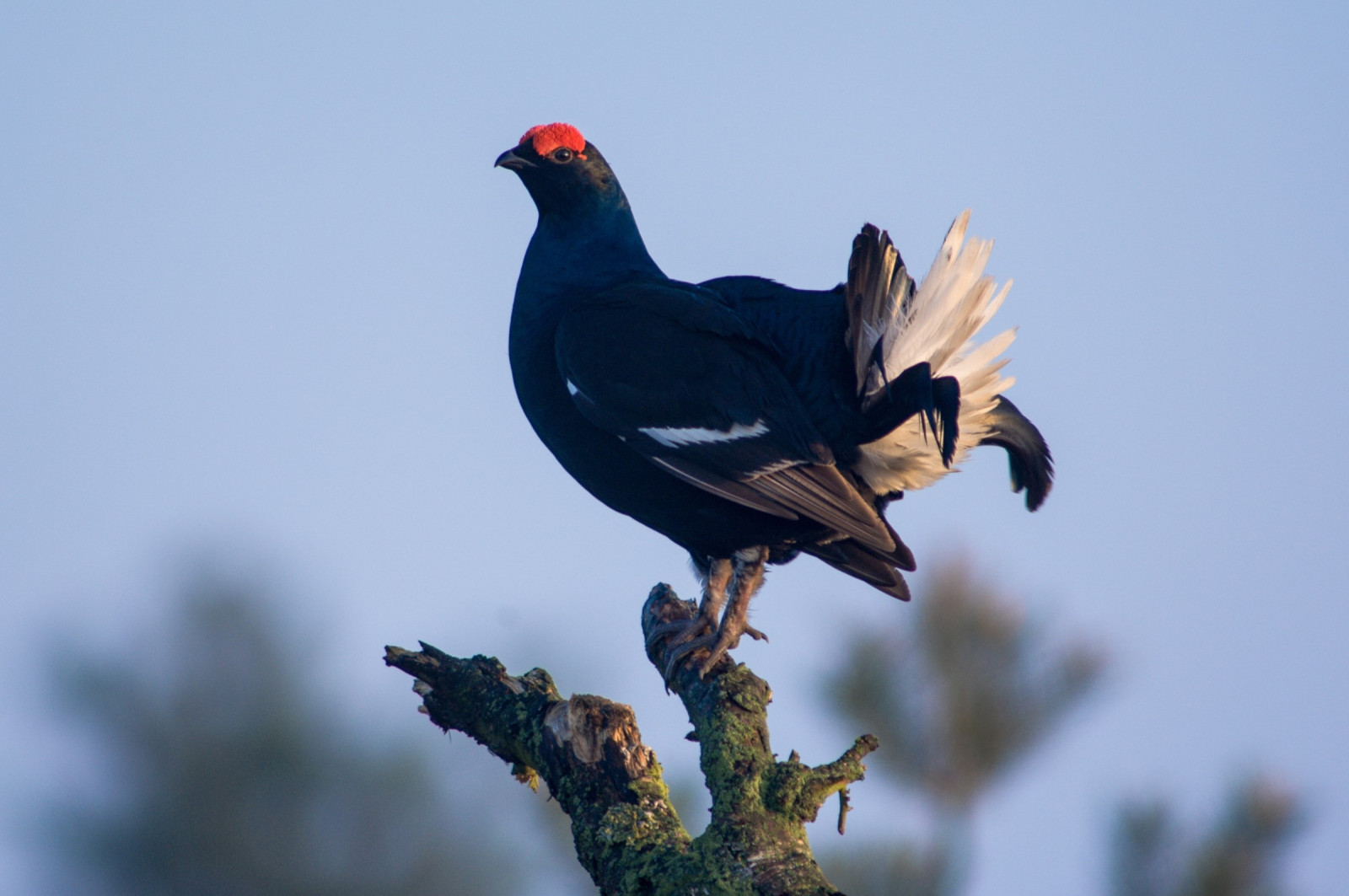Opis
The area is an area of heather moorland with several reservoirs. Waskerley Way Railway Path (Walking and Cycling Route) gives excellent access along a disused railway. It changes seasonally and is very exposed and sometimes closed during winter snow storms. The moorlands of the North Pennines support a wide variety of birds such as the abundant Pardwa mszarna, 80% of England's cietrzew and nationally important populations of siewka złota, kulik wielki, uszatka błotna and drzemlik. Other breeding birds using the moors include biegus zmienny, krwawodziób, ostrygojad and świergotek łąkowy.
Szczegóły
Dostęp
No bus service along this route. Access is by car, bike or walking. Directions are to Park Head From Stanhope follow B6278 Edmundbyers. Follow road for 2. 5 miles, turn right at sign for Parkhead, follow track for 200m. Railway Path is accessible from the left of car park. Hawkburn Head From A68 at Castleside, head towards Stanhope. Follow road for 6 miles. Site entrance is on the left. Sign posted Waskerley Station From A68 at Castleside, head towards Stanhope. Follow road for 5 miles . Site entrance is on the left. Signposted. Walk along railway path has several car parks on route.
Teren i siedlisko
Jezioro , WrzosowiskoWarunki
Górzysty , Otwarty krajobraz , PagórkowatyTrasa dookoła
TakCzy luneta będzie przydatna ?
Może być przydatnaUdany sezon obserwacyjny
Wiosna , Jesień , LatoNajlepszy czas na wizytę
Wiosna , Jesień , LatoTrasa
Szeroka ścieżka , Wąski szlak , Droga utwardzonaPoziom trudności szlaku pieszego
Średnio wymagający spacerDostępne
Pieszo , Rower , SamochódCzatownia/platforma obserwacyjna
NieDodatkowe informacje
This area is set in heather moorland which is at its most stunning when the purple flowers carpet the ground between August and September. Wonderful views of Waskerley and Smiddy Shaw Reservoir which are visited by large numbers of wading birds. These include kulik wielki, brodziec piskliwy and siewka złota. On the heather moorland you can often see drzemlik, kania ruda, pustułka (zwyczajna), pardwa mszarna and cietrzew. rybołów can sometimes be spotted in spring.


